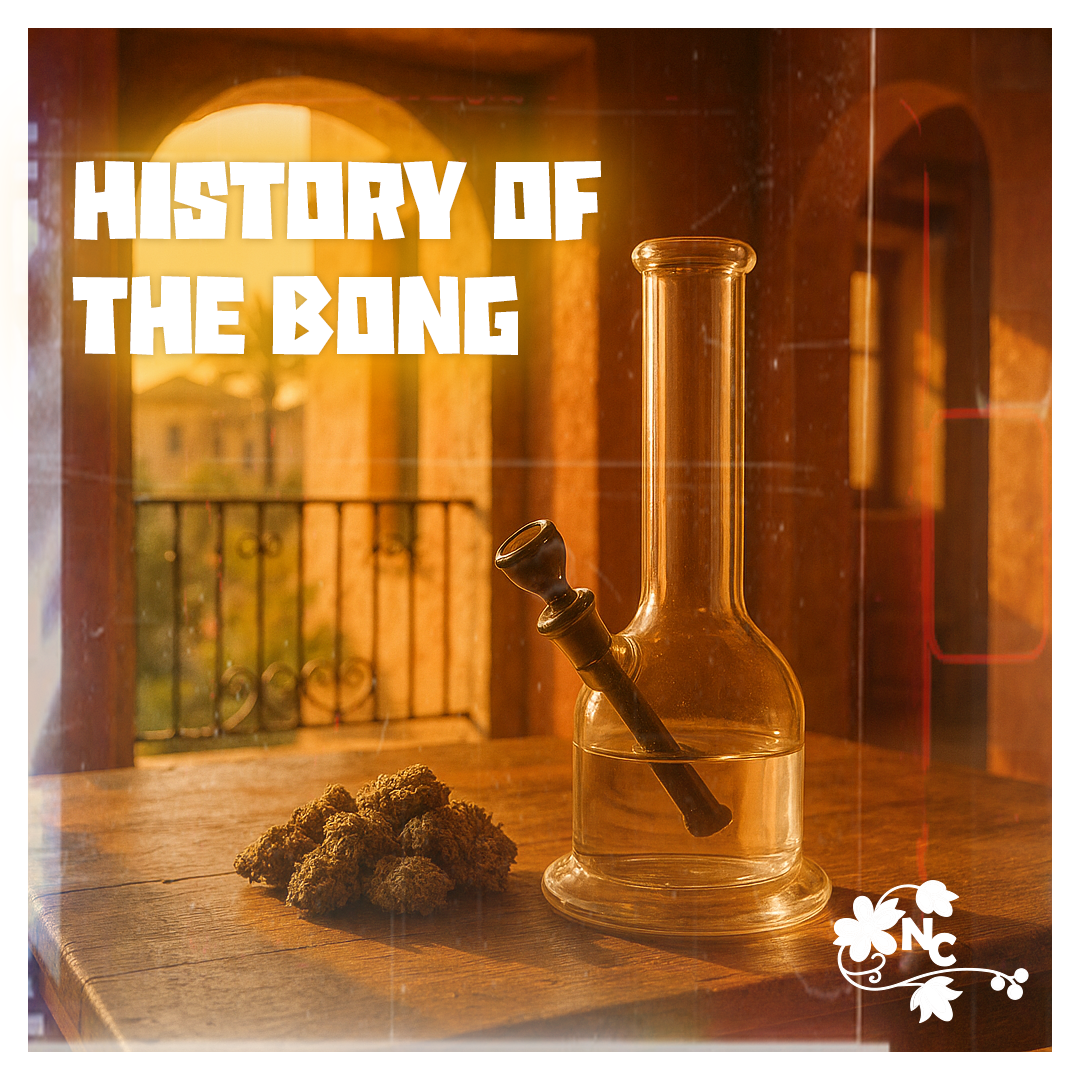The bong—whether you know it as a water pipe, bubbler, or simply “the piece”—is one of the most iconic tools in cannabis culture. Beyond its present-day reputation as a staple of stoner circles, the bong carries a surprisingly rich and global history, stretching back thousands of years across continents and cultures.
Ancient Origins: The First Water Pipes
Archaeological evidence suggests that water pipes have been used for smoking cannabis and other substances for over 2,400 years. Some of the earliest known bongs were discovered in Scythian tombs in southern Russia, where gold and bronze water pipes dating back to 500 BCE were found. These were not just smoking tools but ceremonial items, highlighting the ritual importance of cannabis in Scythian society.
Meanwhile, in Africa, excavations in Ethiopia uncovered bongs carved directly into caves, estimated to be around 600 years old. These were made from stone and served as communal smoking devices.
The Asian Connection: Bamboo and Innovation
The very word bong is believed to come from the Thai word baung, referring to a bamboo tube used for smoking. In Southeast Asia, bamboo bongs were simple, practical devices—essentially a section of bamboo with a water chamber and a bowl for cannabis or tobacco. These designs heavily influenced modern interpretations of the bong and are still common in rural areas today.
The Bong Enters the Western World
Bongs likely traveled westward during the 16th and 17th centuries through trade and cultural exchanges. By the time cannabis began spreading globally in the 19th and early 20th centuries, water pipes had already taken root in many regions.
In the 1960s and 70s, amid the counterculture explosion in the U.S. and Europe, the bong became a household icon. Mass production, especially in acrylic and ceramic forms, made them cheap and widely available. Headshops blossomed, often selling them alongside rolling papers and psychedelic posters.
The Glass Revolution
While early Western bongs were functional, they were often fragile or crude compared to today’s designs. Everything changed in the 1990s, when skilled glassblowers like Bob Snodgrass revolutionized bong design. Snodgrass popularized artistic, durable, and technically advanced glass pipes and bongs, introducing techniques like fuming (which changes color as resin builds up).
This ushered in the era of the bong as functional art. No longer just a smoking tool, high-end glass bongs became collectibles, with some pieces fetching thousands of dollars.
Modern Bong Culture
Today, bongs come in endless varieties—from scientific glass with percolators and ice catchers designed for smooth hits, to hand-blown glass masterpieces displayed like sculptures. The legalization wave has only fueled the market, expanding bong culture from underground headshops to mainstream lifestyle brands.
Bongs are also making appearances in museum exhibits that showcase the history of cannabis, cementing their role as cultural artifacts.
Why the Bong Endures
At its core, the bong persists for two simple reasons:
- Efficiency – Water filtration cools and smooths the smoke, making for a more enjoyable experience.
- Symbolism – Like the guitar in rock music, the bong is more than a tool—it’s a symbol of community, creativity, and resistance.
From gold Scythian relics to bamboo tubes in Thailand to the glass showpieces of today, the bong remains one of the most enduring symbols in cannabis history.




